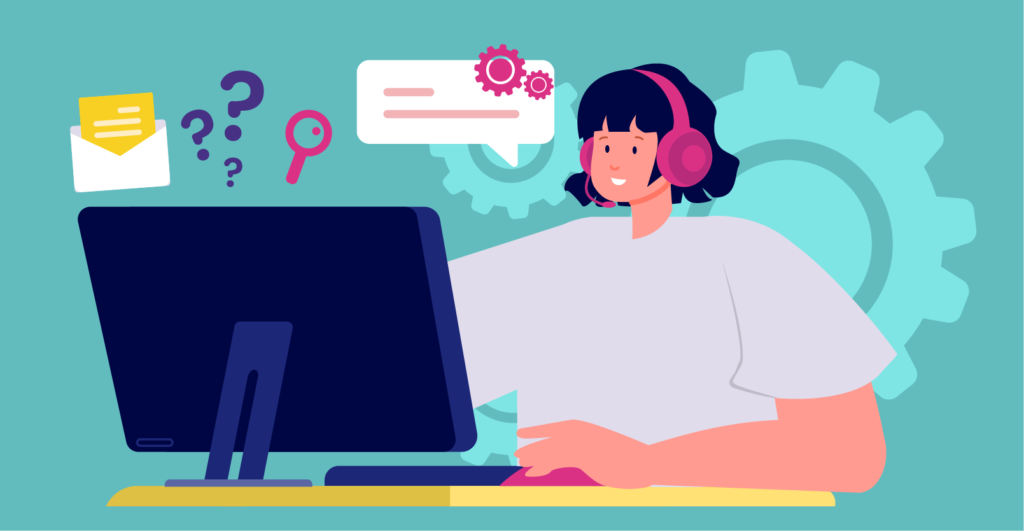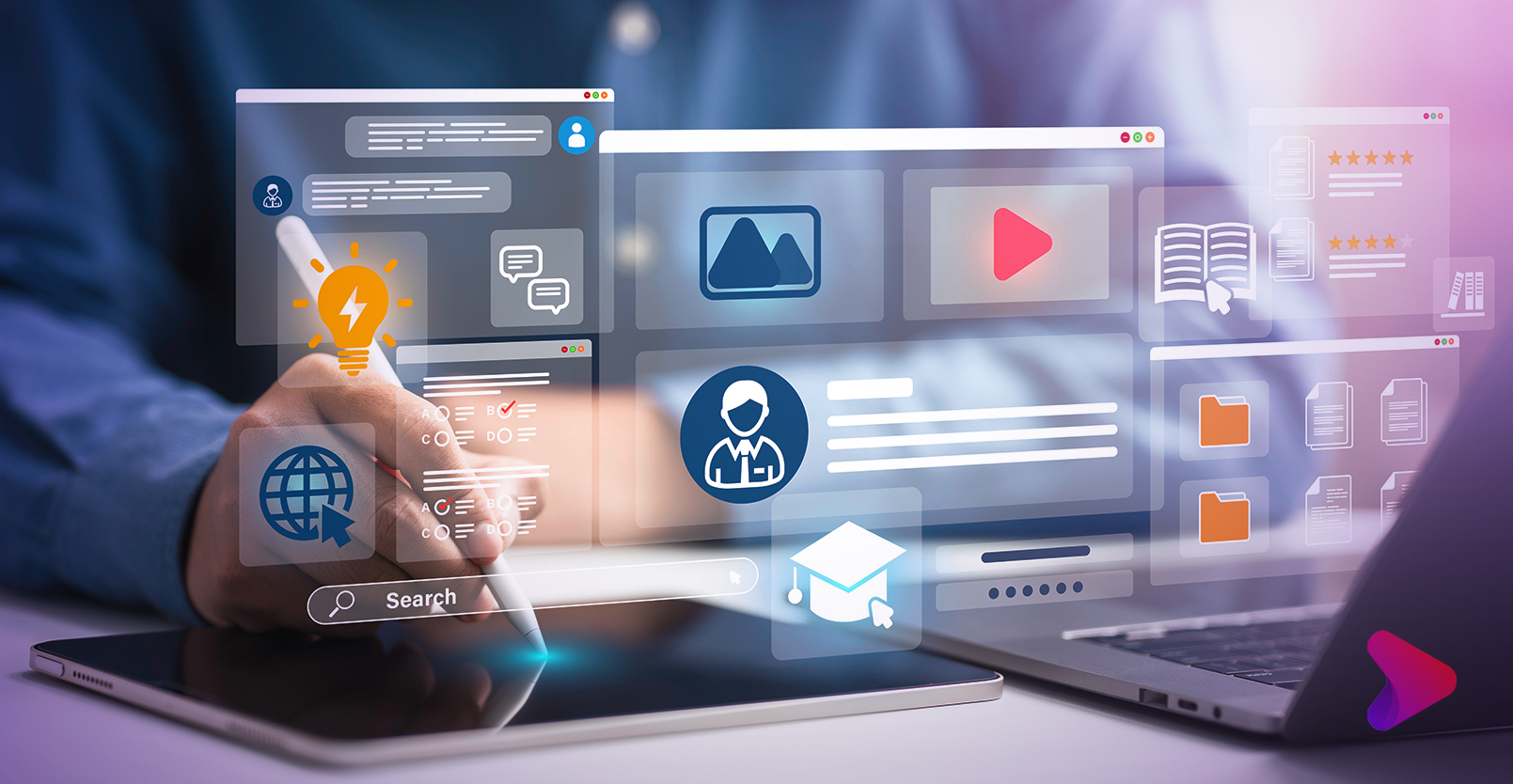Challenges with Accessible e-Learning

As we have shown in our previous blog, accessibility in online learning can ensure that all learners have access to course materials without sacrificing the full learning experience. However, for many businesses, developing an accessible training strategy can be a genuine struggle. Below, we outline some of the challenges that some organisations face:
1. Technical Support

Some learners require specific hardware, software, or internet connectivity to navigate e-Learning courses effectively. This can be problematic for some learners who have limited access to technology or unstable internet connections. Therefore, providing compatibility with a variety of devices and connectivity options and creating strategic partnerships with non-governmental organisations and private sectors to better serve all types of learners are critical for accessibility.
2. Content Adaptation and Compatibility

Translating educational content to different formats, such as screen readers, closed captioning, or alternative text, can take a long time and a lot of resources. It requires a thorough brainstorming, planning, and consulting to acquire the most optimal format for your content that your learners can understand. For this reason, some organisations employ a third-party provider (like us!) for the creation of their accessible courses. Despite the significant rise in costs and production times, it places external providers and specialists in the industry in charge, providing companies the peace of mind that they can deliver training built with the entire team in mind.
3. Training Support

The challenges in developing accessible online learning frequently begin and end with a lack of funding and support. Many educational institutions do not prioritise accessibility and as a result, do not devote enough, if any, resources and money to a completely compliant accessibility policy and programme for accessibility technology.
Furthermore, instructors, and L&D developers all require adequate training and assistance to effectively utilise assistive and e-Learning tools. Without training and support, faculty and staff may lack the resources and competencies to properly serve the needs of all their learners. Thus, universities and colleges must become compliant in order for instructors and administrators to provide an equal and enriching education to all students, regardless of disabilities.
Now that you’ve considered some of the challenges raised above, think carefully if your company is ready to improve and create accessible e-Learning content (it won’t be easy, but it’ll be worth it!). If the answer is yes, then it’s time for you to overhaul your courses. Don’t know where to start? Get in touch with us!
Related Topics

e-Learning: How does AI Personalisation Work?
AI personalisation is changing the landscape of online learning. By...

FOBO: The Fear of Becoming Obsolete (Infographic)
Experiencing a sense of being left behind and finding it...

Discovering No-Code Development
Picture a scenario where you have a small clothing business...

The Rise of AI-Powered Web Apps and Their Ethical Implications
AI is transforming the way we interact with web apps,...

3 Signs Your Business Needs a Web Application
As your business grows, you may face challenges in managing...